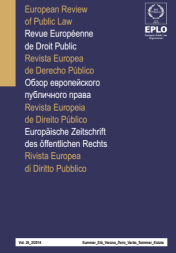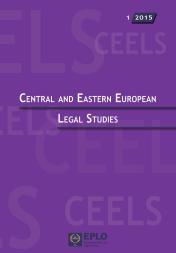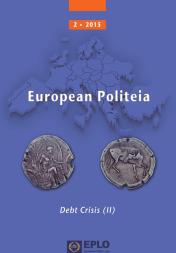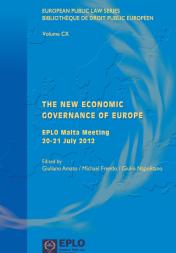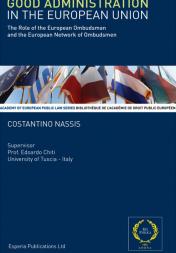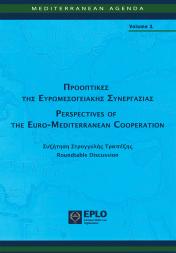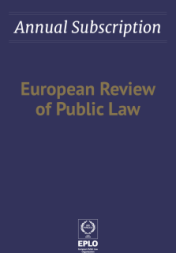
Urban Climate Change Resilience (UCCR) in the light of SDG11
dr. jur. Ph.D. senior lecturer at the University of Szeged, Faculty of Law and Political Sciences,
International and Regional Studies Institute
dr. jur. habil. Ph.D. associate professor, director at the University of Szeged, Faculty of Law and Political Sciences, International and Regional Studies Institute
dr. jur., Ph.D. LLM, senior lecturer at the University of Szeged, Faculty of Law and Political Sciences,
Department of International and European Law
The international community has to face the adverse effects of climate change and a never seen environmental destruction. There are several areas of climate resilience, which means how a community can adapt to the challenges caused by environmental destruction. Urban climate resilience is crucial in the fight against climate change since more than half of the World’s population lives in urban settlements. Large-scale urbanisation started at the time of the Industrial Revolution. However, due to work opportunities and the standard of living, modern societies still tend to prefer the urban lifestyle. Therefore, declarations and policy plans were adopted in the international and European spheres, aiming to achieve productive, sustainable and resilient cities for liveable and inclusive areas. From 2015 till 2030, the Sustainable Development Goals (SDGs) serve as a basis for green development. Meanwhile, the Basque Declaration was adopted in 2017 for the European region to provide a detailed plan for urban climate resilience based on the three main pillars of sustainability: economic, environmental and social considerations. Moreover, as emphasised in several documents, a liveable, healthy environment is indispensable for thoroughly enjoying human rights. In this article, the Authors define sustainable cities in light of SDG11 and provide a detailed analysis of human rights considerations.
La communauté internationale doit faire face aux effets néfastes du changement climatique et à une destruction sans précédent de l’environnement. Il existe plusieurs domaines de résilience climatique, c’est-à-dire la manière dont une communauté peut s’adapter aux défis causés par la destruction de l’environnement. La résilience climatique urbaine est cruciale dans la lutte contre le changement climatique, car plus de la moitié de la population mondiale vit dans des établissements urbains. L’urbanisation à grande échelle a commencé à l’époque de la révolution industrielle. Cependant, en raison des possibilités de travail et du niveau de vie, les sociétés modernes ont toujours tendance à préférer le mode de vie urbain. C’est pourquoi des déclarations et des plans d'action ont été adoptés dans les sphères internationales et européennes, visant à créer des villes productives, durables et résilientes pour des zones vivables et inclusives. De 2015 à 2030, les objectifs de développement durable (ODD) servent de base au développement vert. Parallèlement, la Déclaration basque a été adoptée en 2017 pour que la zone européenne fournisse un plan détaillé de résilience climatique urbaine fondé sur les trois principaux piliers de la durabilité: les considérations économiques, environnementales et sociales. En outre, comme le soulignent plusieurs documents, un environnement vivable et sain est indispensable pour jouir pleinement des droits de l’homme. Dans cet article, les auteurs définissent les villes durables à la lumière de l’ODD11 et fournissent une analyse détaillée des considérations relatives aux droits de l’homme.




